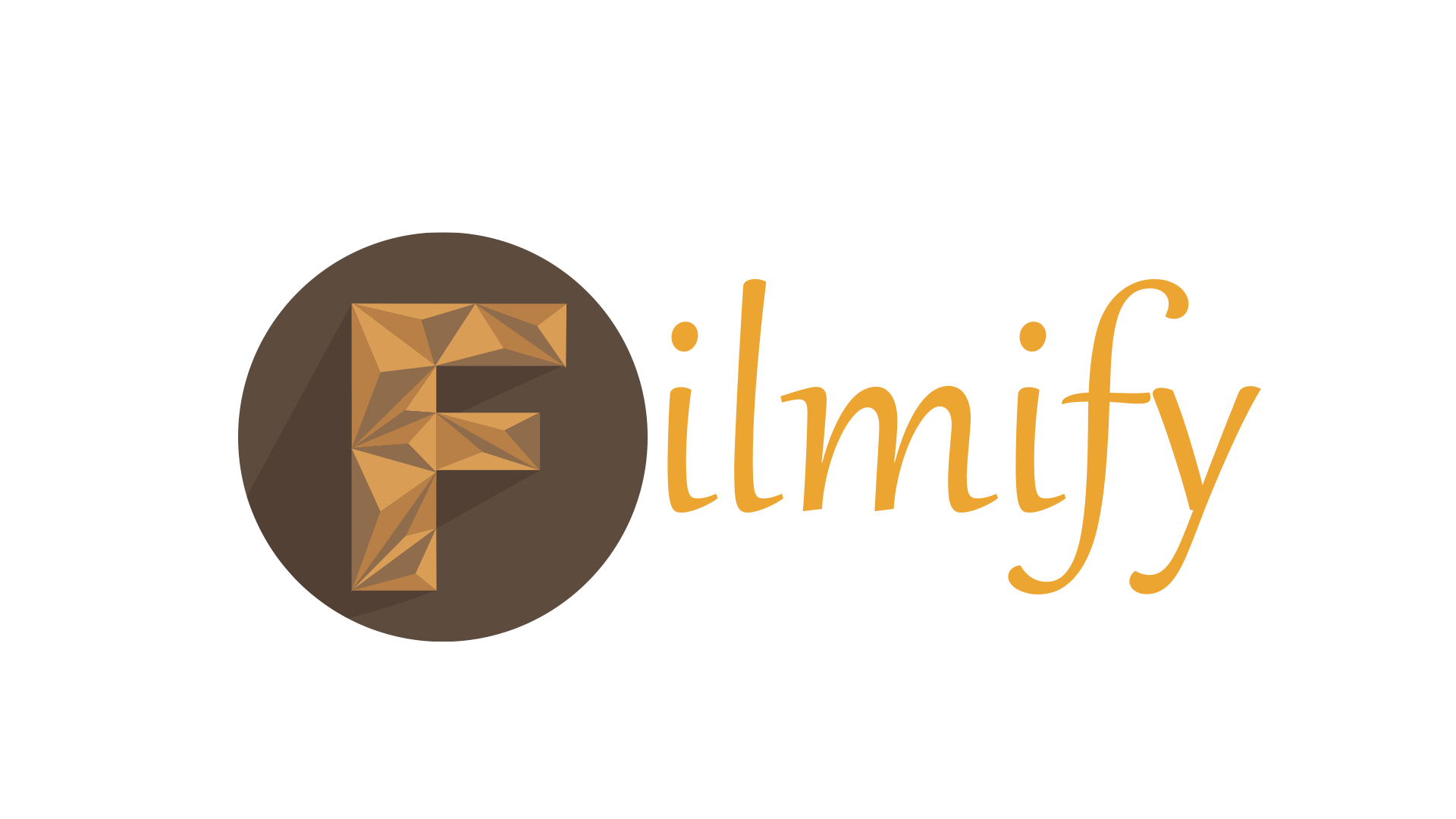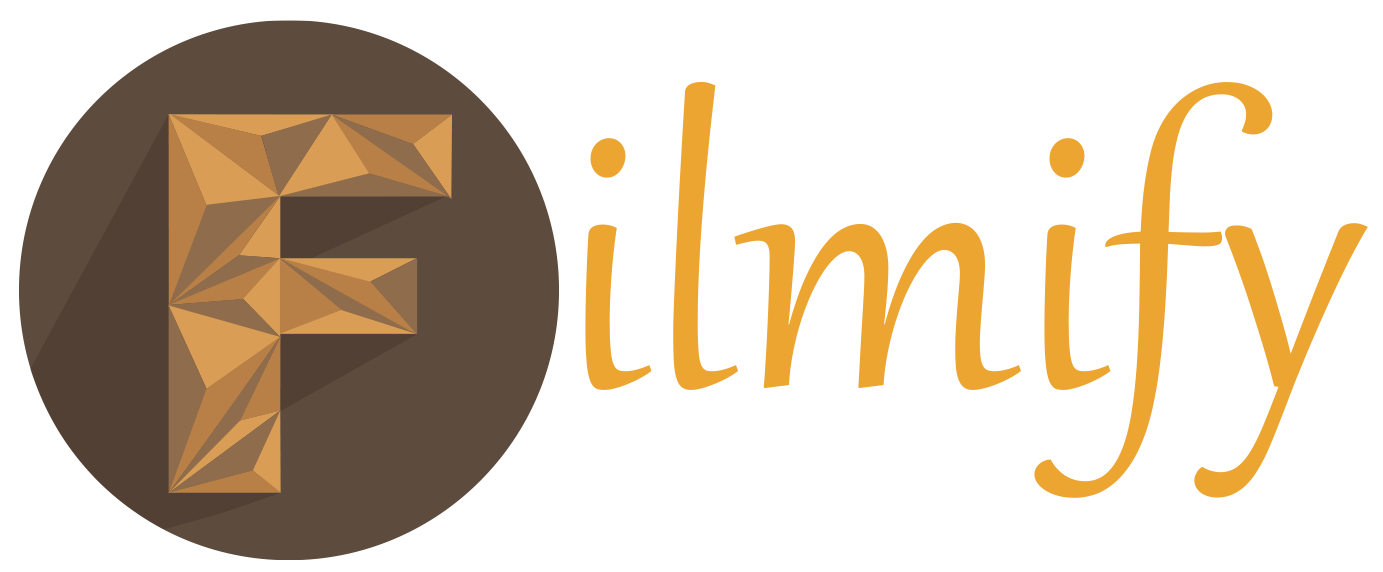Iron-Rich Foods
Iron, essential for transporting oxygen throughout our bodies, is crucial to maintaining good health. Iron deficiency can lead to fatigue, weakness, and even anaemia. Fortunately, incorporating iron-rich foods into our diets is a simple solution to ensure we meet our daily requirements. This article delves into iron-rich ingredients, exploring animal and plant-based sources, tips for maximizing their absorption, and delicious recipe ideas.

Unveiling the Two Faces of Iron: Heme and Non-Heme
Iron exists in two primary forms in food: heme and non-heme. Heme iron, found predominantly in animal products, is more readily absorbed by the human body. Conversely, non-heme iron, abundant in plant-based sources, has a lower absorption rate. However, incorporating specific dietary strategies can significantly enhance non-heme iron absorption.
Animal Products: Powerhouses of Heme Iron
1. Shellfish: Shellfish like clams, oysters, and mussels lead the pack. A 3.5-ounce serving of clams boasts 17% of the Daily Value (DV) for iron, alongside being a rich source of protein, vitamin C, and B12.

2. Red Meat: Beef, lamb, and pork are excellent sources of heme iron, with a 3-ounce serving of cooked lean beef delivering 25% of the DV. Opt for lean cuts to minimize fat intake.
3. Poultry and Eggs: While not as iron-rich as red meat, chicken, turkey, and eggs still contribute significantly. A 3-ounce cooked chicken breast offers 8% of the DV, while a large egg provides 7%.

4. Organ Meats: While not for everyone’s palate, organ meats like liver are iron champions. A 3-ounce serving of beef liver provides a staggering 638% of the DV, though it should be consumed in moderation due to its high vitamin A content.
Plant-Based Powerhouse: Unveiling the Potential of Non-Heme Iron
For vegetarians and vegans, achieving iron sufficiency requires a strategic approach. Here are some excellent plant-based sources:
1. Legumes: Beans, lentils, and chickpeas are nutritional powerhouses, offering protein, fibre, and iron. One cup of cooked lentils provides 37% of the DV, while a half-cup of black beans delivers 10%.

2. Dark Leafy Greens: Spinach, kale, and collard greens are packed with essential nutrients, including iron. One cup of cooked spinach provides 15% of the DV.
3. Nuts and seeds: These crunchy treats are excellent sources of iron, healthy fats, and fibre. A quarter-cup serving of pumpkin seeds provides 14% of the DV, while an ounce of cashews offers 9%.
4. Dried Fruits: During drying, raisins, apricots, and prunes concentrate iron and fibre. A half-cup serving of raisins provides 6% of the DV.

5. Fortified Foods: Breakfast cereals, bread, and plant-based milk alternatives are often fortified with iron, making them convenient and accessible options.
Maximizing Non-Heme Iron Absorption: A Team Effort
While non-heme iron has a lower absorption rate, implementing these strategies can significantly improve its bioavailability:
1. Pair with Vitamin C: Vitamin C, found in citrus fruits, tomatoes, and bell peppers, enhances non-heme iron absorption. Enjoy a glass of orange juice with breakfast cereal, or add bell peppers to your stir-fry.

2. Limit Inhibitors: Certain components like phytates (in legumes) and tannins (in tea and coffee) can hinder iron absorption. Avoid consuming them simultaneously with iron-rich meals.
3. Space Out Calcium: While crucial for bone health, calcium can also interfere with iron absorption. Separate calcium-rich foods like dairy products from iron-rich meals by a few hours.
Delicious Recipes to Fuel Your Iron Levels
1. Lentil Soup with Leafy Greens: This hearty and comforting soup combines the iron-rich power of lentils and leafy greens like kale or spinach.

2. Vegetarian Chili: Packed with beans, corn, peppers, and spices, this chilli offers a flavorful and iron-rich vegetarian staple.
3. Tofu Scramble with Spinach and Tomatoes: This protein-packed dish uses crumbled tofu instead of eggs, incorporating spinach and tomatoes to boost iron and vitamin C.

4. Iron-fortified oatmeal with berries and nuts: Start your day with a delicious and nutritious breakfast. Combine iron-fortified oatmeal with berries and nuts for added iron, fibre, and antioxidants.


